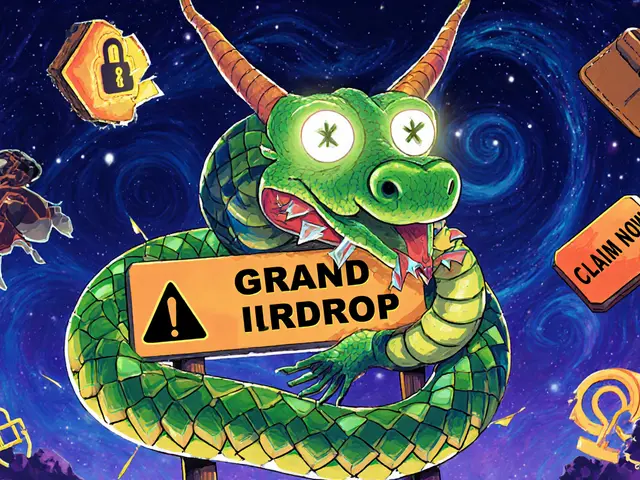Bitcoin Cycle: Understand Market Patterns, Phases, and What Comes Next
When people talk about the Bitcoin cycle, a recurring pattern of price growth, peak, decline, and recovery driven by halvings and investor sentiment. It's not random noise—it's a rhythm built into Bitcoin’s code and how humans react to scarcity. Every four years, the reward for mining new Bitcoin cuts in half. That’s the Bitcoin halving, a scheduled event that reduces new Bitcoin supply by 50%, creating artificial scarcity. This isn’t just a technical tweak—it changes how traders, miners, and long-term holders behave. After each halving, we’ve seen bull runs that lasted over a year, followed by deep corrections. The cycle isn’t perfect, but it’s the closest thing crypto has to a reliable calendar.
The Bitcoin market cycle, the full sequence of accumulation, markup, distribution, and markdown phases that repeat after each halving usually takes 3 to 4 years to complete. Early on, smart money starts buying quietly. Then media hype kicks in, retail investors jump in, and prices surge. After the peak, selling pressure builds as early adopters cash out. The bottom isn’t a single day—it’s months of low volume, quiet development, and few headlines. That’s when the next cycle quietly begins. This pattern has held since 2012. Each cycle has had different drivers—2017’s ICO boom, 2020’s pandemic stimulus, 2024’s ETF approval—but the structure stayed the same.
What makes the Bitcoin cycle useful isn’t predicting exact prices. It’s knowing where you are in the timeline. If you’re reading this after a halving, you’re likely in the early accumulation phase. If prices are soaring and everyone’s talking about Bitcoin, you’re probably near the top. The cycle doesn’t guarantee profit, but it helps you avoid panic selling at the bottom or FOMO buying at the top. You’ll see this pattern reflected in the posts below—how past cycles influenced token launches, how mining economics shifted after halvings, and why some projects thrive in bull markets and die in bear ones. The next phase is already forming. The question is: are you positioned for it?










